3 Study Tips for Students With ADHD That May Seem Strange
This post contains affiliate links, which means I may earn a small commission at no extra cost to you if you purchase through them. I only recommend products I truly love and think you’ll vibe with too. Check out our privacy policy and disclosure here.
Study tips for students with ADHD often sound like a broken record: “Just focus better,” “Try harder to sit still,” or “Use a planner.”
As someone who has spent years working with ADHD students, I can tell you these cookie-cutter solutions rarely work.
After countless conversations with some of my educator friends, parents, and students themselves, I started noticing something interesting. The kids who were actually succeeding weren’t following the standard playbook at all.
What I found challenged everything I thought I knew about studying. Moreover, these “weird” methods weren’t just working – they were working better than all the conventional wisdom combined.
Today, I want to share three of these unusual approaches that might just change how your ADHD student learns.
The Problem with Traditional Study Advice
Before we jump into the good stuff, let’s talk about why regular study tips fall flat for ADHD brains.
Traditional methods assume everyone’s brain works the same way. I don’t see how because students don’t learn the same way which is why differentiating the material to meet the various learning needs of the student is so important.
Nevertheless, ADHD brains are wired differently from the start.
Most school counselors and study skills classes tell students to find a quiet space, eliminate distractions, and focus.
Unfortunately, this approach goes against how ADHD brains naturally function.
These brains often need stimulation, movement, and variety to stay engaged.
Furthermore, the typical “sit still and concentrate” approach can actually make things worse. How many times were we told to sit and concentrate when we were in school?
When an ADHD brain doesn’t get enough stimulation, it starts seeking it elsewhere – usually in the form of daydreaming, fidgeting, or completely checking out.
Study Tips for Students with ADHD: The Movement Method
Here’s the first “strange,” tip that parents and some teachers often resist: let your ADHD student move while studying.
I’m not talking about a little foot tapping either. I mean walking around the room, bouncing on an exercise ball, or even lying upside down on the couch.
Now, I know what teachers are thinking – this could be distracting to other students in a classroom setting.
The solution isn’t to abandon movement altogether, but rather to find creative accommodations.
Consider designating a quiet corner with movement-friendly options, allowing the student to step into the hallway for walking breaks, or using silent fidget tools that don’t draw attention.
At home, this becomes much easier since your child can move freely without worrying about disturbing classmates.
One mom told me some years ago that she was annoyed and puzzled when she found her daughter doing math homework while pedaling on their mini exercise bike.
Yet and still, when she checked the work, it was the most accurate her daughter had ever turned in.
The movement wasn’t a distraction – it was actually helping her brain focus.
Why Movement Works for ADHD Brains
The ADHD brain needs more dopamine to function properly. Physical movement naturally increases dopamine production, which helps with attention and focus.
Additionally, movement activates the cerebellum, which connects to the prefrontal cortex – the area responsible for executive function.
Practical Ways to Add Movement
Here are some simple ways to incorporate movement into study time:
- Use a standing desk or tall table
- Try a wobble cushion or stability ball instead of a regular chair
- Walk around while reading out loud
- Do jumping jacks between practice problems
- Use a small trampoline during review sessions
The key is finding what works for your specific student. Some need big movements, while others do better with subtle fidgeting.
The Chaos Strategy That Actually Creates Order
This next tip might sound completely backwards: create controlled chaos instead of eliminating all distractions.
Many ADHD students actually focus better with some background noise or visual stimulation.
I learned this from a former student who insisted on studying at a busy coffee shop or listening to music instead of being somewhere in a quiet space. As a result, her grades showed much improvement.
I still don’t understand how this works, but it does.
Understanding the ADHD Need for Stimulation
The ADHD brain is constantly seeking stimulation. When the environment is too quiet or sterile, the brain starts creating its own distractions.
However, when you provide the right amount of background stimulation, it can actually improve focus.
This concept is called “optimal stimulation theory.” Essentially, everyone has a sweet spot where they perform best.
For neurotypical brains (like me), this might be a quiet library.
For ADHD brains, it might be a place with gentle background noise and visual interest.
Creating Your Own Controlled Chaos
Instead of fighting against your student’s need for stimulation, work with it:
- Try different types of background music (instrumental, nature sounds, or white noise)
- Allow some visual interest in the study space – this means having a few colorful things to look at like a poster, some plants, or colored folders, but don’t go overboard with too much clutter
- Use colored pens, highlighters, or sticky notes
- Study in different locations throughout the week
- Let them have a fidget toy or stress ball
The goal isn’t to create actual chaos, but rather to provide just enough stimulation to keep the ADHD brain engaged.
Study Tips for Students with ADHD: The Hyperfocus Hack
The third unconventional approach involves working with hyperfocus instead of against it.
Hyperfocus is when an ADHD person becomes completely absorbed in something interesting. Most people see this as a problem, but it’s actually a superpower when used correctly.
“Old school” study advice suggests breaking work into small chunks with regular breaks.
While this works for some ADHD students, others perform better when they can ride the wave of hyperfocus for longer periods.
🌟 Bonus Brain-Training Techniques That Sound Weird But Work
Before moving on, let me share three additional methods I found in “social media land” that many people find unusual but can be surprisingly effective for ADHD learners. There actually is research on these techniques, so click on the links below to read more about it:
Sound Frequency Method: Certain sound frequencies can actually help sharpen concentration. Try listening to 40 Hz binaural beats either five minutes before studying or during study sessions. This specific frequency appears to help the brain enter a more focused state.
- The Staring Exercise: This might sound silly, but spending 30 seconds focusing intensely on a single object can improve concentration skills. Pick anything – a spot on the wall, a pen on your desk, a candle flame (trataka), or a plant nearby. The key is maintaining unwavering attention on that one point for the full half-minute.
- Memory Enhancement Through Adrenaline: Here’s where things get really interesting. The brain forms stronger memories when adrenaline levels spike right after learning something new. You can naturally boost adrenaline in healthy ways – try doing jumping jacks, taking a brief cold shower, or even just splashing cold water on your face immediately after a study session.
Recognizing and Riding Hyperfocus
Signs your child/student might be entering hyperfocus include:
- They seem unusually absorbed in their work
- They’re not easily distracted by usual interruptions
- They lose track of time
- They resist stopping even for breaks
If you see these signs, let them continue what they are working on rather than forcing a break. Of course, you’ll want to make sure they eat, drink water, and use the restroom, but otherwise, let them ride the wave.
Making Hyperfocus Work for Learning
To help the learner use hyperfocus productively:
- Pay attention to what subjects or activities trigger it
- Try to schedule challenging work during their natural hyperfocus times
- Don’t interrupt unless absolutely necessary
- Have water and snacks easily available
- Use a gentle timer to remind them to take care of basic needs
Remember, hyperfocus episodes can’t be forced, but they can be recognized and supported when they happen naturally.
Putting It All Together: A New Approach to ADHD Learning
These three strategies might seem strange because they go against the norm of traditional educational thinking. However, they work because they align with how ADHD brains actually function rather than fighting against their natural tendencies.
The key is understanding that ADHD isn’t a deficit – it’s a difference.
When we work with these differences instead of trying to eliminate them, remarkable things can happen.
What looks like “bad behavior” or “lack of focus” to the naked eye might actually be a brain trying to create the conditions it needs to succeed.
Implementation Tips for Parents and Educators
Starting anything new can feel overwhelming and this is no different, so here’s how to begin:
First, observe your child or student for a week.
Notice when they seem most engaged and what conditions seem to help or hinder their focus.
Next, try implementing one strategy at a time rather than changing everything at once.
Additionally, communicate with teachers and/or counselors about what you’re discovering. Many educators are open to accommodations when they understand the reasoning behind them.
Lastly, involve your child in the process. They often have great insights about what helps them learn best.
✨You might also like:
These unconventional study tips for students with ADHD work because they honor how these unique brains actually function.
Instead of forcing square pegs into round holes, we’re finally creating square holes that fit naturally 😉.
- The movement method gives ADHD brains the stimulation they crave.
- Controlled chaos provides optimal environmental conditions for focus.
- The hyperfocus hack turns what’s often seen as a problem into a powerful learning tool.
Most importantly, these approaches help ADHD students feel successful rather than broken.
When we stop trying to fix what isn’t broken and start working with natural brain patterns, everyone wins.
The strange becomes sensible, and struggling students transform into confident learners who know exactly what they need to succeed.
Recommended Study Tools for ADHD Students
1. Gaiam Kids Balance Ball Chair – Perfect for the movement method, this inflatable chair provides gentle movement while studying, helping to increase focus and attention.
2. Noise-Cancelling Headphones with Ambient Sound – These allow students to create their optimal audio environment, whether they need complete silence or controlled background noise.
3. Wobble Cushion for Sensory Input – A subtle way to add movement to any chair, providing the sensory input many ADHD brains need without being disruptive.
4. Time Timer Visual Timer – Helps ADHD students see time passing during hyperfocus sessions, making it easier to take necessary breaks without completely losing momentum.

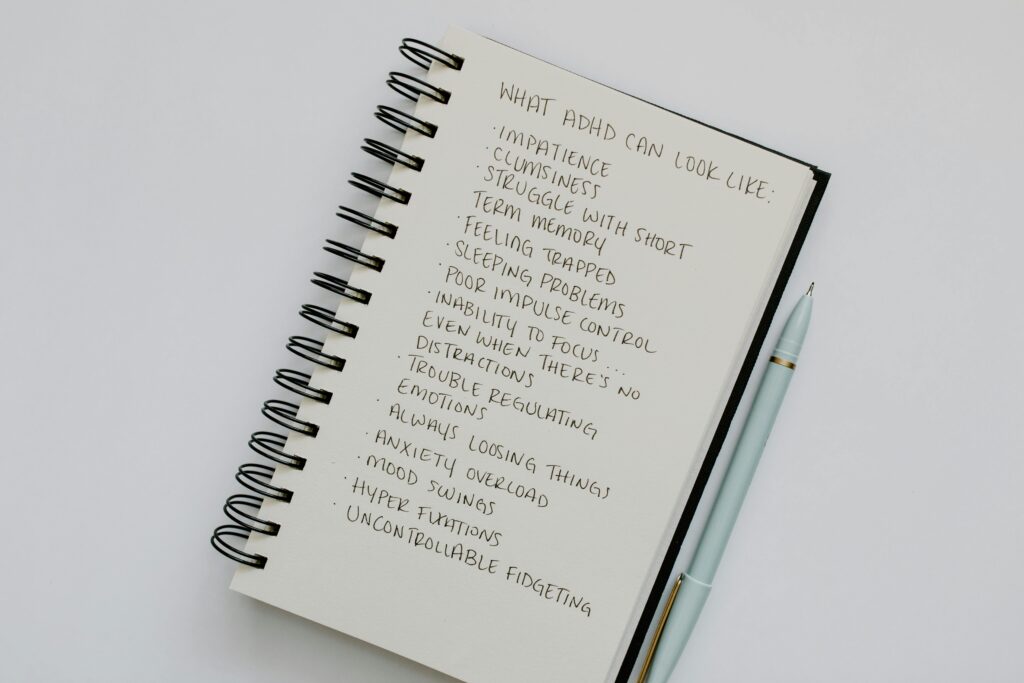
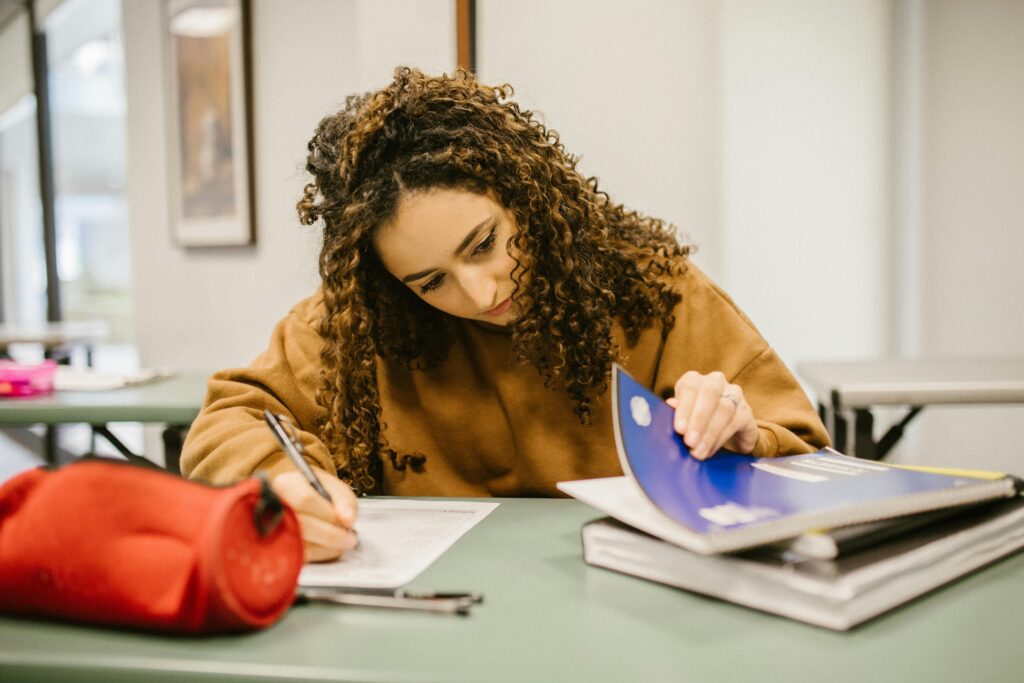
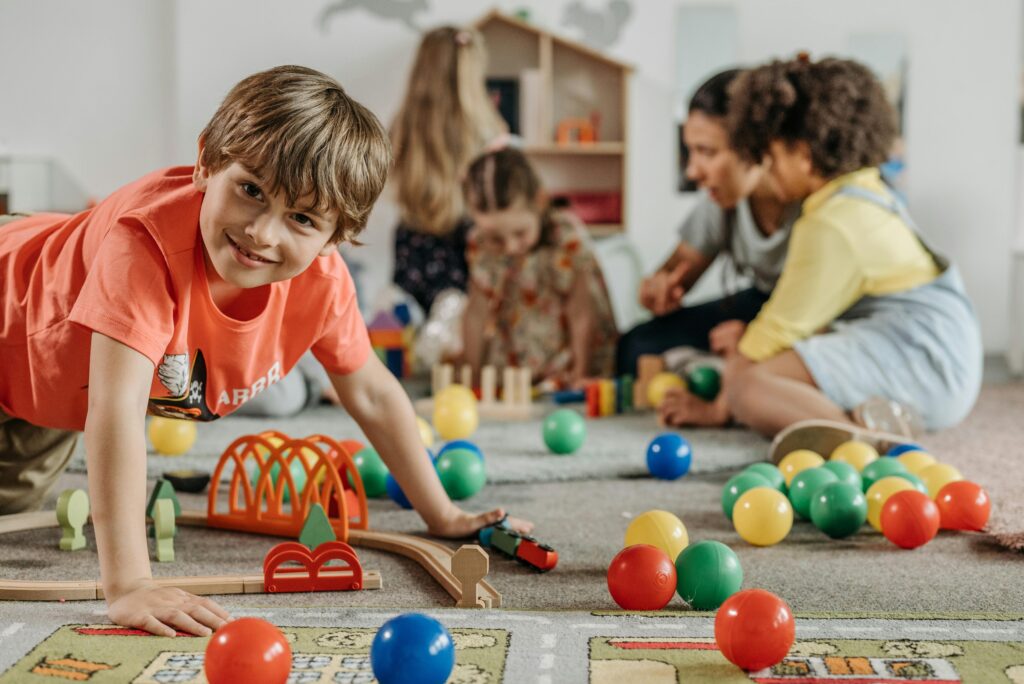
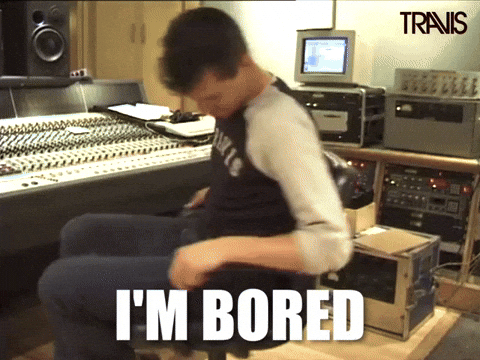
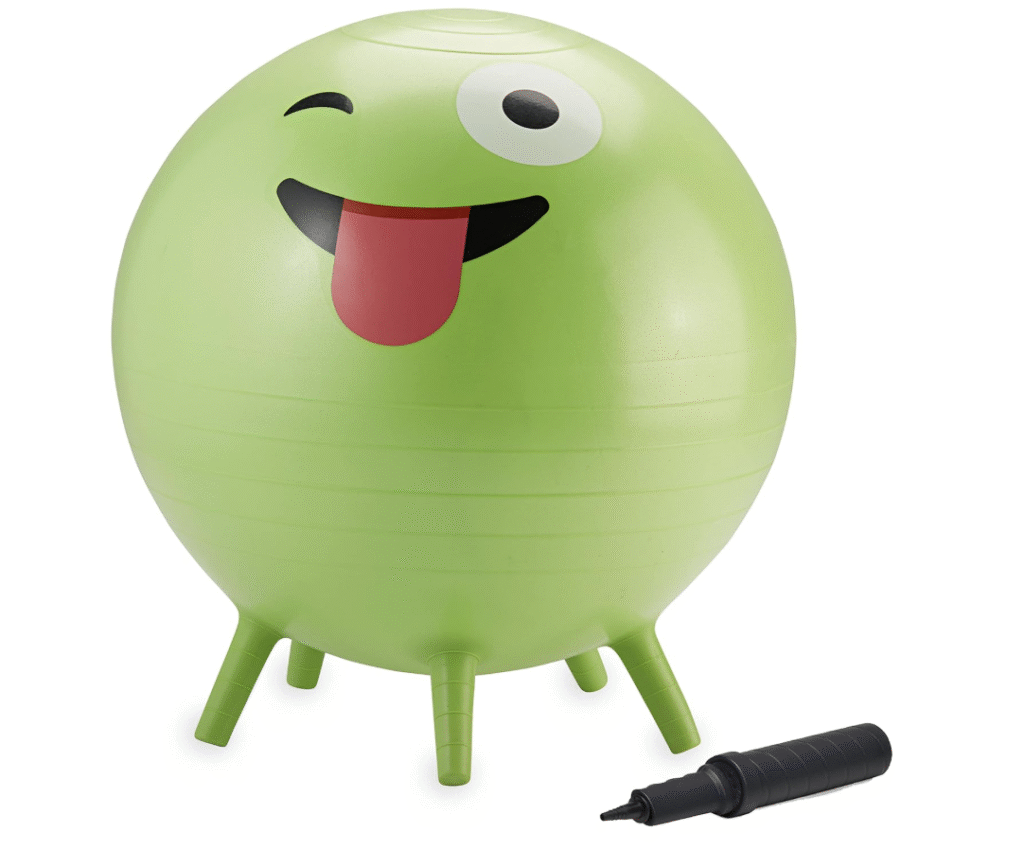
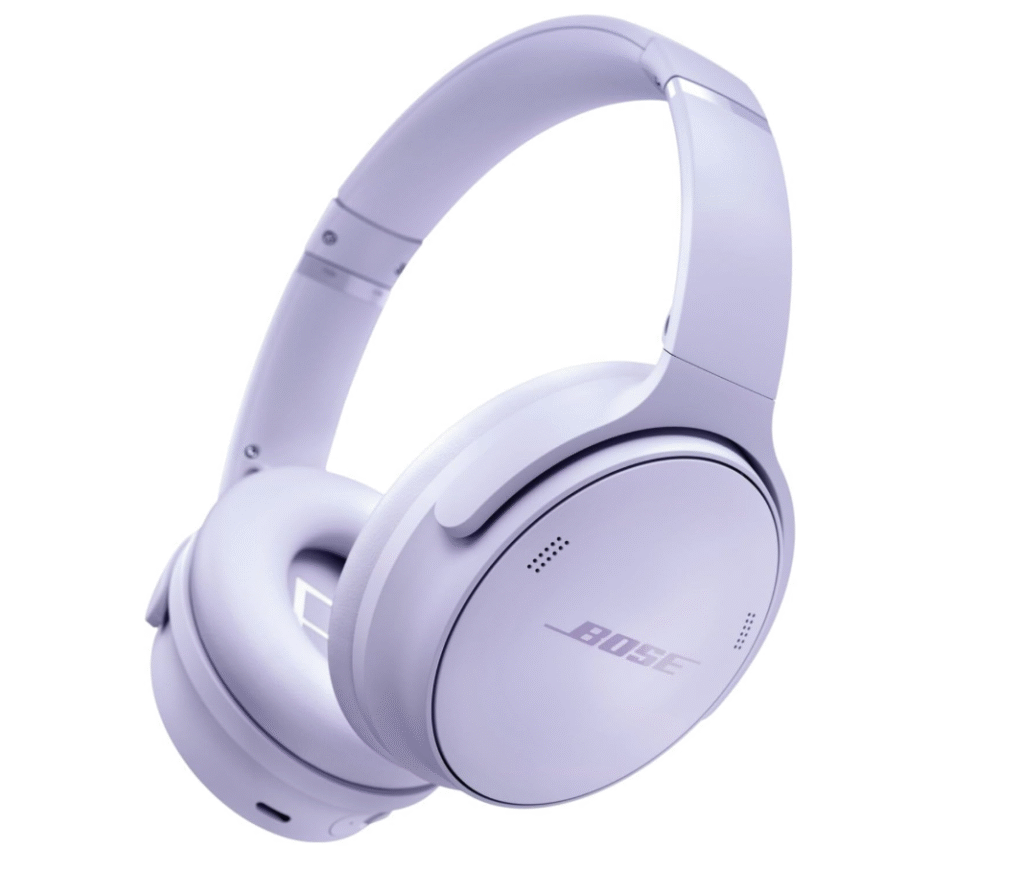
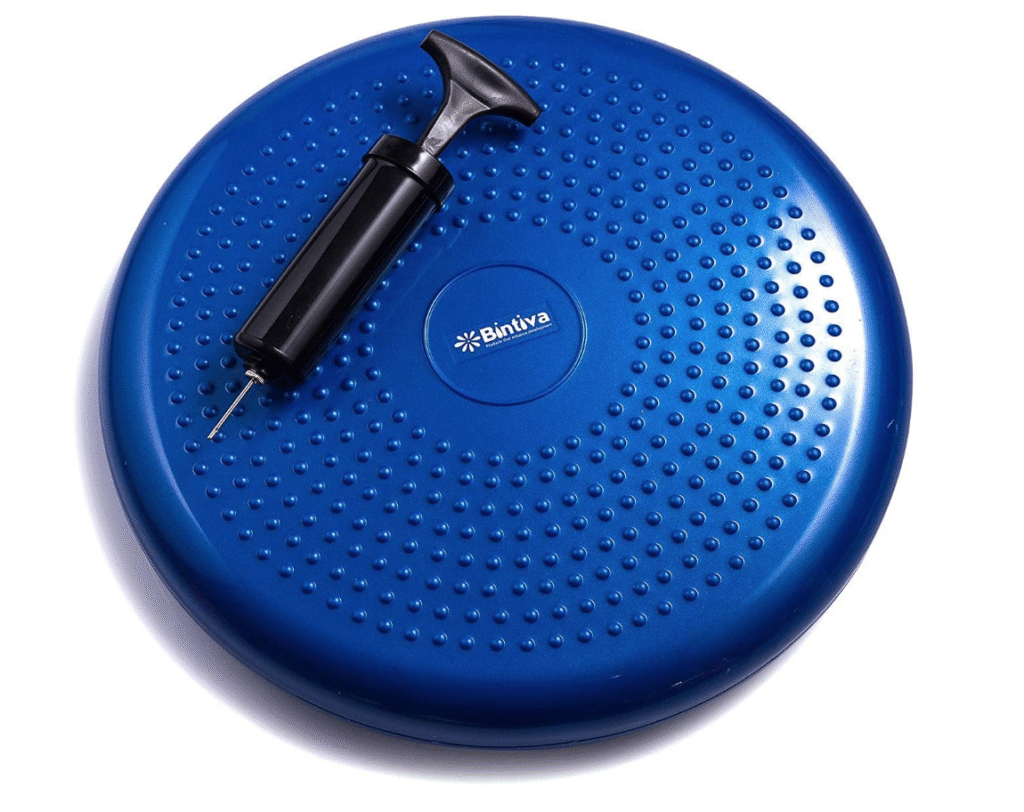
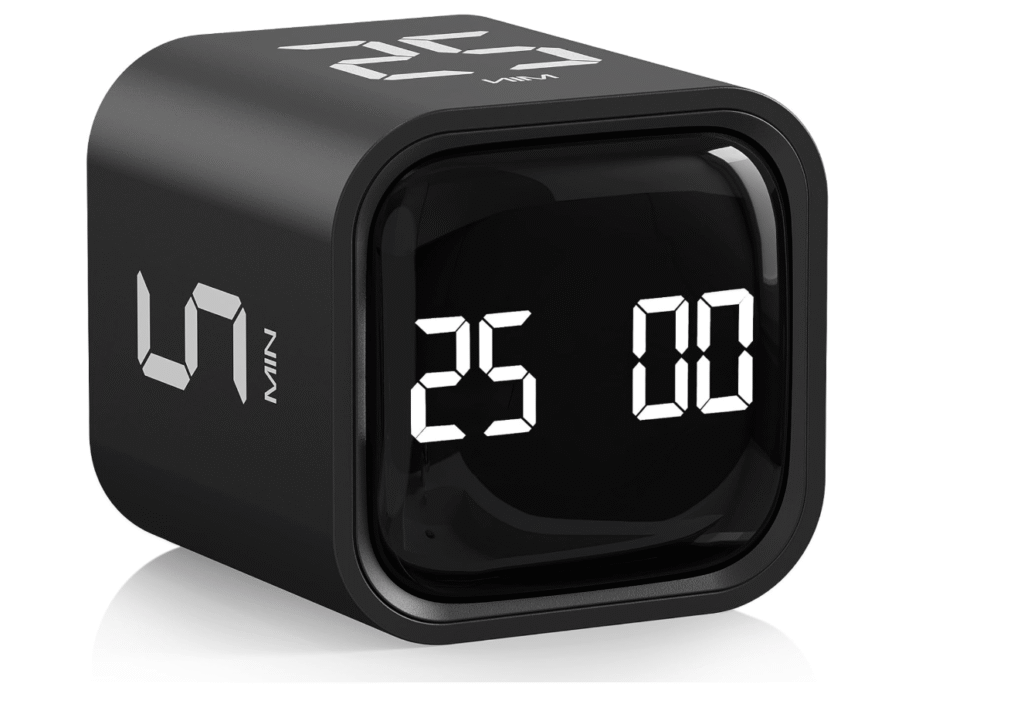
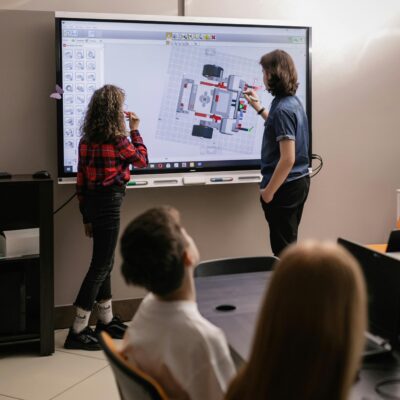





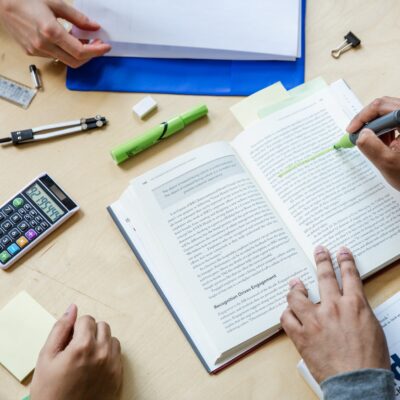
No Comment! Be the first one.